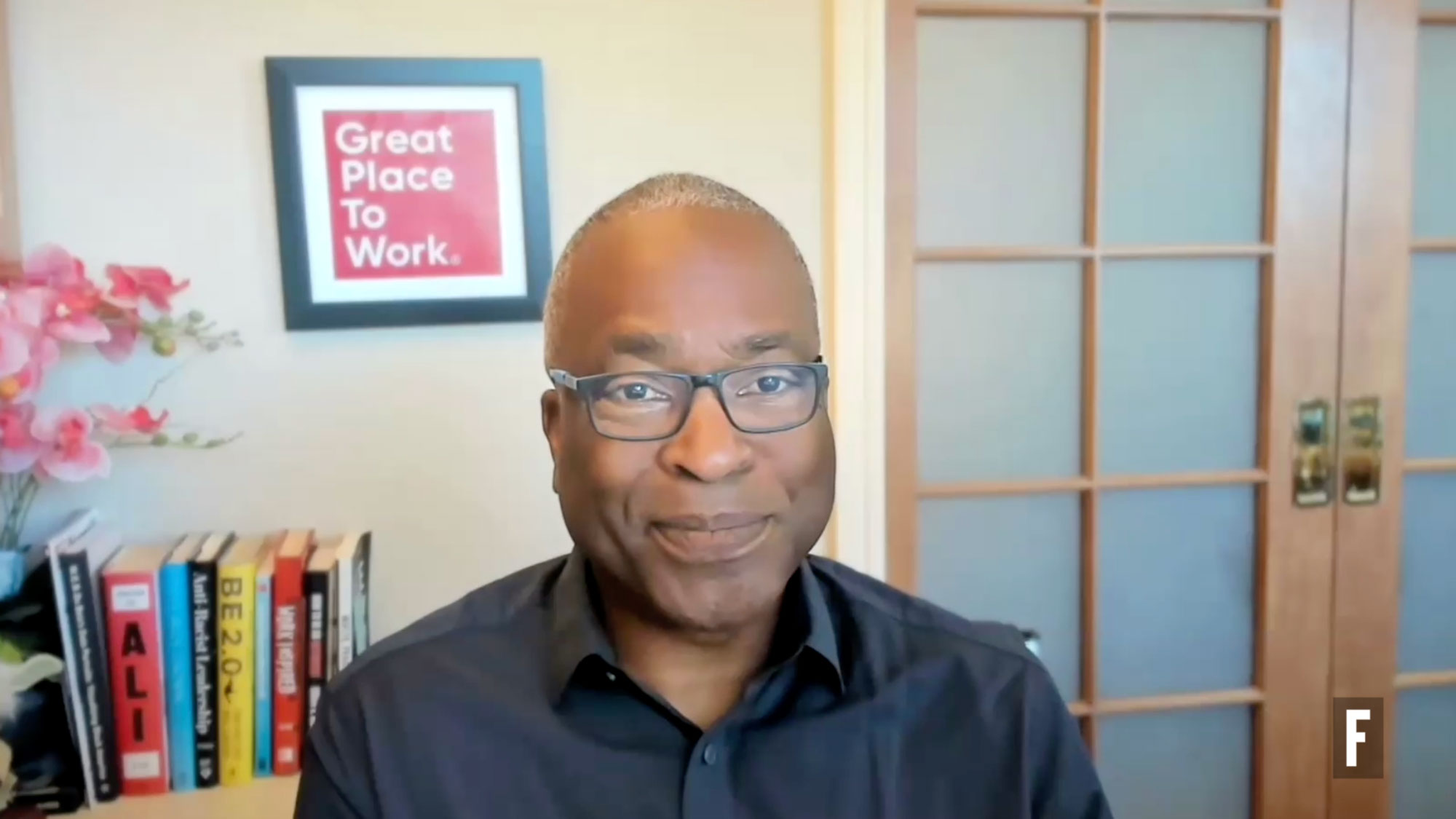I was inspired recently by this quote from Aldous Huxley that popped up on my iGoogle homepage: “Happiness is not achieved by the conscious pursuit of happiness; it is generally the by-product of other activities.” What Huxley means, at least from my point of view, is that happiness cannot exist unless it has context, like a container in which to hold it. The container that holds happiness may come from time spent doing what you love, in the company of friends and family, or contributing to the world in some way. In addition to what you gain in your endeavors, happiness also results.
It struck me that the same is true of trust in organizations. Leaders can’t set out to build trust independently of the business activities they must carry out on a daily basis. I’ve seen leaders create task forces and strategic goals and whole departments dedicated to creating a better workplace – to building more trust. But, without giving trust a context, or a container, it just doesn’t grow. A great workplace initiative may get some attention for awhile, or serve as a convenient retort when justification for an employee expenditure is requested, but it doesn’t really take hold as part of the fabric of the organization.
What does work is making trust part of the very DNA of the company, weaving it into every decision and action on the part of leaders. While I am inspired when leaders hold building a great workplace through building trust as one of their top priorities, it need not reside on a list of strategic imperative or in a budget line item. Rather, it is in the attitude adjustment on the part of leaders. Instead of simply running the numbers on a capital expenditure, great leaders ask: How will this decision affect our employees? Have we asked them what kind of equipment they’d recommend? As we discuss in our book, Dreamworks Animation elicited employee input on everything from workplace configuration to desk size as they designed their new building.
Instead of allowing external news sources to be the main source of information about the company’s performance, great leaders build trust by releasing news internally first, or when that isn’t possible, providing comments on the intranet so employees get their perspective in addition to that of reporters and analysts. Nike draws employee attention to the external news in its internal communications, in addition to providing employees a preview of commercials, information on corporate responsibility, and new product features.
Instead of making a new hire in isolation, great leaders value the opinions of the team that the new employee will be joining. They ask for their team’s input on qualifications before a job is posted, they involve them in interviews, and they consider the hire’s skills and abilities as well as the hire’s impact on the team itself. Whole Foods Market asks team members to officially vote new members onto the team after they’ve been on the job a few weeks. And that type of involvement builds trust and a sense of fairness in employment decision making.
Like happiness, trust cannot be built in a vacuum. It is built when engaging in other activities. In the case of your workplace, those activities are the decisions and actions you make that keep your company up and running, accomplishing its mission and making money. If you feel as though you can’t build trust in the normal course business, you are going about either trust building or your day-to-day operations the wrong way. Trust cannot be built by initiative; rather, it is built into the decisions you make to keep your organization thriving and successful.







